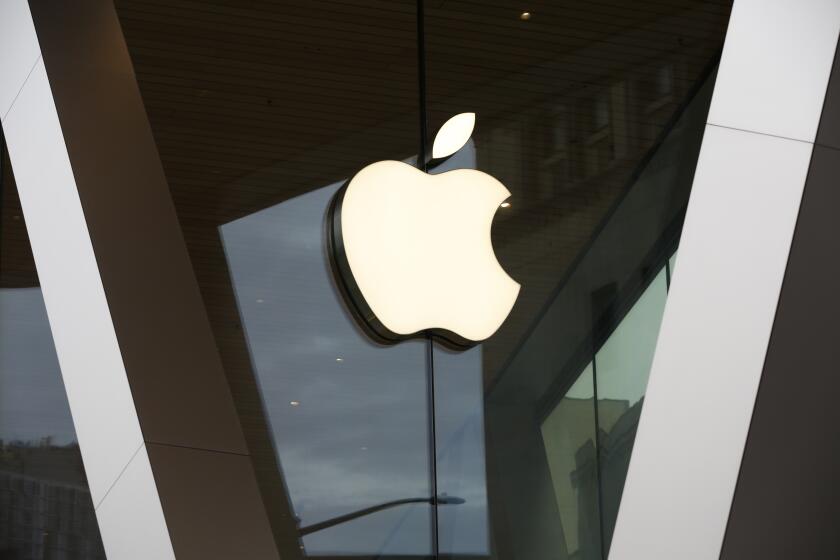Minutes Explain Fed’s Rate Stance
- Share via
WASHINGTON — Federal Reserve policymakers, while worried about inflation, decided that keeping interest rates steady would let them gather more data before deciding on any future rate rises, minutes of their August meeting released Tuesday showed.
“Keeping policy unchanged at this meeting would allow the committee to accumulate more information before judging whether additional firming would be necessary to foster the attainment of price stability over time,” minutes of the central bank’s policy-setting Federal Open Market Committee’s Aug. 8 meeting said.
“The full effect of previous increases in interest rates on activity and prices probably had not yet been felt, and a pause was viewed as appropriate to limit the risks of tightening too much,” the minutes said.
The Fed halted a more than two-year string of interest-rate rises at the August meeting, holding its benchmark short-term rate steady at 5.25% while assessing whether a slowing economy would keep inflation in check.
Richmond Fed Bank President Jeffrey Lacker dissented, preferring a quarter-percentage-point increase.
Lacker believed more rises would be necessary to bring inflation down more quickly than with a pause, the minutes said.
“Although real growth was likely to be somewhat lower in coming quarters, in his view it was unlikely to moderate enough to bring core inflation down,” the Fed said.
Analysts said the minutes demonstrate that Lacker’s backing for another rate increase was not widely shared.
“The expectation was that they would show more divisions among policymakers than they actually did,” said Jane Caron, chief economic strategist at Dwight Asset Management in Burlington, Vt.
Fed officials were all worried about higher inflation readings, the minutes said. But policy-makers concluded that inflation expectations were contained and core inflation was likely to decline gradually over the next several quarters.
Even so, policymakers left open the possibility of more rate increases if price pressures should persist.
“In view of the elevated readings on costs and prices, many members thought that the decision to keep policy unchanged at this meeting was a close call and noted that additional firming could well be needed,” the minutes said.
Meanwhile, Dallas Fed Bank President Richard Fisher said Tuesday that the central bank did not fall “behind the curve” in battling inflation when it opted to hold interest rates steady in August.
“We are not behind the curve on inflation -- we hope to stay ahead of the curve,” Fisher told reporters after a speech to local business leaders in San Antonio.
The Fed’s job is to make sure that inflation does not build up “a head of steam,” at which point it would be hard to bring down, Fisher said.
“Central bankers abhor inflation. We do it viscerally; it is part of our DNA,” he said. “Once inflation gets a head of steam, it becomes difficult to bring back under control without a dose of hard monetary medicine.... Our job at the Fed is to make sure that does not happen.”
Fisher said that at a time when productivity may not be expanding as fast as previously thought, “I don’t want to see wage growth outstrip productivity growth.”
More to Read
Inside the business of entertainment
The Wide Shot brings you news, analysis and insights on everything from streaming wars to production — and what it all means for the future.
You may occasionally receive promotional content from the Los Angeles Times.










